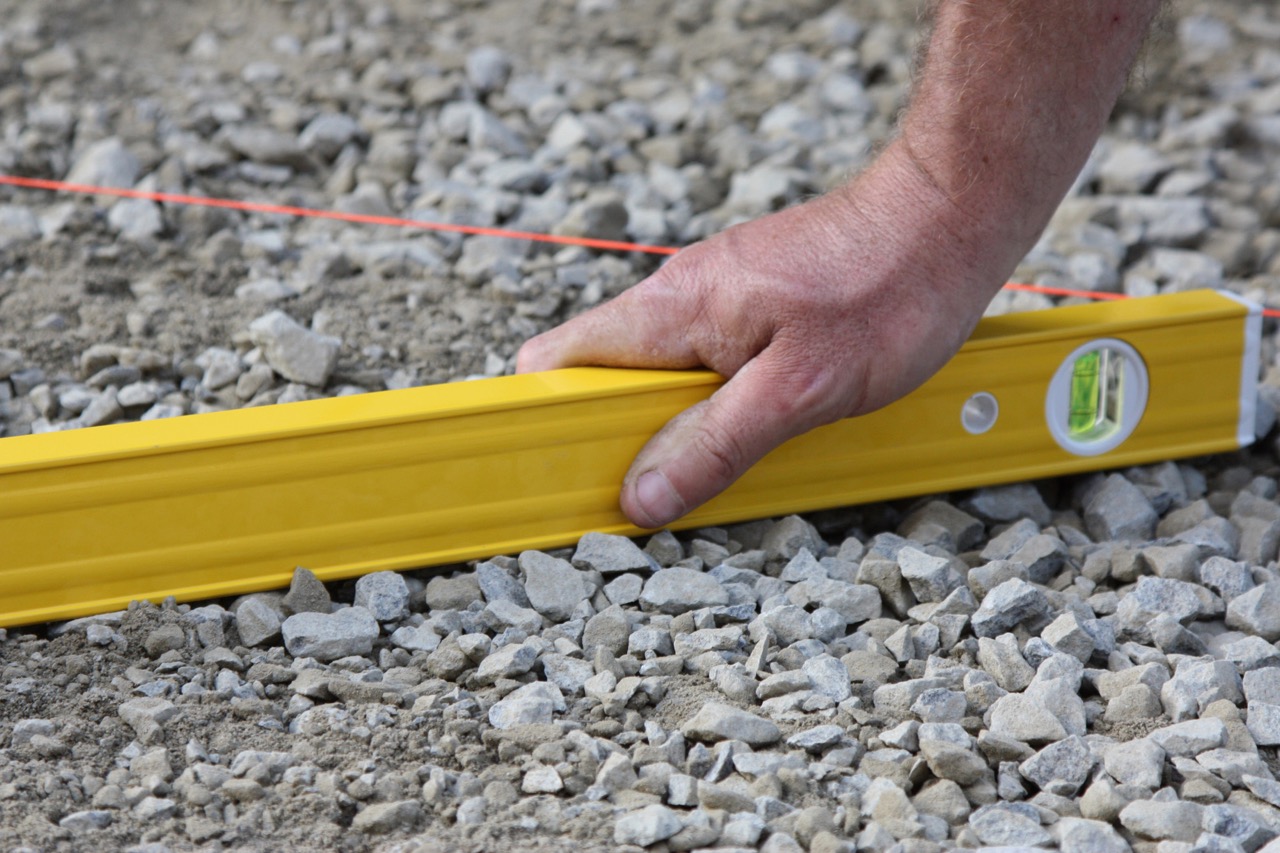

Articles
How To Calculate Gravel Needed For Driveway
Modified: October 22, 2024
Discover how to accurately calculate the amount of gravel required for your driveway with our informative articles on this essential landscaping material.
(Many of the links in this article redirect to a specific reviewed product. Your purchase of these products through affiliate links helps to generate commission for Storables.com, at no extra cost. Learn more)
Introduction
When it comes to creating or renovating a driveway, one of the most important steps is calculating the amount of gravel needed. Whether you are a homeowner embarking on a DIY project or a professional contractor, accurately determining the quantity of gravel required is essential to ensure a smooth and successful driveway installation.
In this article, we will guide you through the process of calculating the amount of gravel needed for your driveway. From measuring the area to determining the desired thickness and accounting for compaction, we will cover all the factors you need to consider to get an accurate estimate.
Before diving into the calculation, it is important to note that the amount of gravel needed can vary based on several factors, including the size of your driveway, the desired thickness of the gravel layer, and the specific type of gravel you choose. By taking these factors into account, you can ensure that your driveway is properly constructed and that you have enough gravel for the project.
So, without further ado, let’s explore the steps involved in calculating the gravel needed for your driveway, ensuring a smooth and functional surface that will withstand the test of time.
Key Takeaways:
- Accurately measuring the area and considering the desired thickness and type of gravel are crucial for calculating the right amount needed for a durable and visually appealing driveway.
- Adjusting for compaction and depth ensures that you have enough gravel to cover your driveway effectively, creating a stable and aesthetically pleasing surface.
Read more: How To Plow A Gravel Driveway
Factors to Consider Before Calculating Gravel
Before you begin calculating the amount of gravel needed for your driveway, there are a few important factors to consider. These factors will help you get a more accurate estimate and ensure that you have enough gravel for the project:
- Driveway Size: The size of your driveway will have a direct impact on the amount of gravel you need. Measure the length and width of your driveway in feet, and jot down these measurements for later use.
- Gravel Thickness: The desired thickness of the gravel layer is another important factor to consider. Different driveway applications may require different thicknesses. Typically, for a regular residential driveway, a thickness of 2-3 inches is sufficient. However, if you anticipate heavier loads or want extra durability, you may opt for a thicker layer.
- Type of Gravel: The type of gravel you choose for your driveway will affect the amount you need. Gravel comes in various sizes and densities, such as pea gravel, crushed stone, or quarry process. Each type has a different coverage area per ton, so consider the specific type you want to use before proceeding with the calculation.
- Compaction and Depth Adjustment: When calculating the amount of gravel, it’s important to account for compaction and depth adjustment. Compaction refers to the settling and compression of the gravel under the weight of vehicles and foot traffic. Adjusting for compaction ensures that you have enough gravel to compensate for this factor. Additionally, you may want to add a little extra gravel to achieve the desired appearance and prevent any potential settling.
By carefully considering these factors, you will have a better understanding of the specific needs of your driveway. This will enable you to make an accurate calculation and ensure that you have enough gravel to complete the project successfully. Now, let’s move on to the next step: measuring the driveway area.
Measure the Driveway Area
Before you can calculate the amount of gravel needed for your driveway, you must first measure the area of the driveway. It’s important to get accurate measurements to ensure that you have the right amount of gravel to cover the entire surface.
Here’s how you can measure the area of your driveway:
- Clear the Driveway: Start by clearing any obstacles such as vehicles, debris, or other objects from the driveway. This will give you a clear and unobstructed space to work with.
- Break the Driveway into Sections: If your driveway has irregular shapes or sections, it can be helpful to break it down into smaller, more manageable sections. This will make it easier to measure each section separately.
- Measure the Length and Width: Using a tape measure or measuring wheel, measure the length and width of each section of your driveway. For irregular shapes, you can divide them into smaller rectangles or squares and measure them separately.
- Record the Measurements: Write down the measurements for each section, noting whether they are in feet, meters, or another unit of measurement. It’s important to be consistent with your chosen unit of measurement throughout the calculation.
- Calculate the Total Area: Once you have measured each section and recorded the measurements, add up the areas of all the sections to get the total area of your driveway. If your driveway has a more regular shape, you can use a simple formula, such as multiplying the length by the width, to calculate the area.
By accurately measuring the area of your driveway, you will have a solid foundation to work with when calculating the amount of gravel needed. Now that you have the measurements, it’s time to move on to the next step: determining the desired thickness of the gravel layer.
Determine the Desired Thickness of the Gravel Layer
Once you have measured the area of your driveway, the next step in calculating the amount of gravel needed is to determine the desired thickness of the gravel layer. The thickness will depend on various factors including the type of driveway, expected traffic, and personal preferences.
Here’s how you can determine the desired thickness of the gravel layer:
- Consider the Type of Driveway: Different types of driveways may require different gravel thicknesses. For a regular residential driveway, a thickness of 2-3 inches is typically sufficient. However, if you anticipate heavy vehicle traffic or intend to park heavy equipment on your driveway, you may want to opt for a thicker layer to provide additional stability and durability.
- Evaluate the Expected Traffic: Consider the types of vehicles and the frequency of traffic that will be using your driveway. If you expect regular heavy traffic, such as delivery trucks or RVs, it’s advisable to choose a thicker layer of gravel to withstand the increased load and prevent rutting or sinking.
- Personal Preferences: Your personal preferences and aesthetic considerations can also influence the desired thickness of the gravel layer. If you prefer a more substantial look or want to create a graded slope, you may opt for a thicker layer in certain areas of your driveway.
By taking these factors into account, you can determine the appropriate thickness for your gravel layer. Keep in mind that a thicker layer may require more gravel, so make sure to factor this into your calculation. With the desired thickness established, we can move on to the next step: calculating the area of the driveway.
Calculate the Area of the Driveway
With the measurements of your driveway and the desired thickness of the gravel layer determined, the next step is to calculate the area of the driveway. This will give you the base value you need to estimate the amount of gravel required.
Here’s how you can calculate the area of your driveway:
- Convert Measurements: If necessary, convert your measurements to a consistent unit, such as feet or meters, if they are not already in that format.
- Calculate the Area of Each Section: Multiply the length by the width for each section of your driveway to determine the area of that section. If your driveway has multiple sections, calculate the area for each section individually.
- Sum Up the Areas: Add together the areas of all the sections to get the total area of your driveway. This will be the base value you need for the gravel calculation.
For example, if your driveway has three sections and you measured the areas to be 500 square feet, 400 square feet, and 300 square feet respectively, the total area of your driveway would be 500 + 400 + 300 = 1200 square feet.
By accurately calculating the area of your driveway, you now have the essential information needed to estimate the amount of gravel required. Next, we will move on to converting the area to cubic yards, which is the standard unit for measuring and ordering gravel.
Measure the length, width, and depth of the driveway area. Use the formula: length x width x depth = volume. Divide the volume by 27 to convert to cubic yards. This will give you the amount of gravel needed.
Read more: How To Maintain Gravel Driveway
Convert the Area to Cubic Yards
Now that you have calculated the area of your driveway, the next step in determining the amount of gravel needed is to convert this area from square feet (or your chosen unit of measurement) to cubic yards. This conversion allows you to work with the standard unit for ordering and measuring gravel.
Here’s how you can convert the area to cubic yards:
- Determine the Depth: Decide on the depth or thickness of the gravel layer you are aiming for. This is the value you determined earlier as the desired thickness. For example, if your desired thickness is 2 inches, convert it to feet by dividing by 12 (since there are 12 inches in a foot). In this case, 2 inches is equal to 2/12 = 0.167 feet.
- Convert Area to Cubic Feet: Multiply the area of your driveway (in square feet) by the desired depth (in feet) to obtain the volume in cubic feet. This can be done by multiplying the length, width, and depth together. For example, if your driveway area is 1200 square feet and the desired depth is 0.167 feet, the volume would be 1200 * 0.167 = 200.4 cubic feet.
- Convert Cubic Feet to Cubic Yards: Divide the volume in cubic feet by 27 to convert it to cubic yards, since there are 27 cubic feet in a cubic yard. Continuing with the previous example, 200.4 cubic feet divided by 27 equals approximately 7.43 cubic yards of gravel.
By converting the area to cubic yards, you now have the measurement needed to determine the quantity of gravel required to cover your driveway. However, it’s important to make adjustments for compaction and depth to ensure an accurate estimation. Let’s move on to the next step: adjusting for compaction and depth.
Adjust for Compaction and Depth
When calculating the amount of gravel needed for your driveway, it’s important to account for compaction and depth. Compaction refers to the compression and settling that occurs as vehicles and foot traffic pass over the gravel. Adjusting for compaction ensures that you have enough gravel to compensate for this natural process. Additionally, you may want to add a little extra gravel to achieve the desired appearance and prevent any potential settling.
Here’s how you can adjust for compaction and depth:
- Compaction Factor: Start by determining the compaction factor for the type of gravel you are using. This factor represents the anticipated loss in volume due to compaction. Typically, a compaction factor of 10-15% is used as a general guideline, but it can vary depending on the specific type of gravel and other factors.
- Calculate Adjusted Volume: Multiply the volume you calculated earlier (in cubic yards) by the compaction factor as a decimal. For example, if the previously calculated volume was 7.43 cubic yards and the chosen compaction factor is 12%, the adjusted volume is 7.43 * 0.12 = 0.8916 cubic yards.
- Additional Depth Adjustment: If you desire a thicker layer of gravel for aesthetic reasons or to account for potential settling, add the extra depth to the previously adjusted volume. Convert the extra depth to feet and add it to the desired depth. Multiply the total adjusted volume by the adjusted depth to get the final volume of gravel needed.
By adjusting for compaction and depth, you ensure that you have enough gravel to cover your driveway while accounting for potential settling and achieving the desired thickness. Now that you have the final volume, you are ready to calculate the total amount of gravel needed for your project.
Calculate the Total Amount of Gravel Needed
Now that you have adjusted for compaction and depth, you are ready to calculate the total amount of gravel needed for your driveway project. This final step will provide you with an accurate estimate of the quantity of gravel required to cover your driveway.
Here’s how you can calculate the total amount of gravel needed:
- Multiply Adjusted Volume by Conversion Factor: Multiply the adjusted volume (in cubic yards) by the conversion factor specific to the type of gravel you are using. This conversion factor represents the coverage area per cubic yard of the specific gravel type. For example, if the conversion factor for the chosen gravel is 1.3, multiply the adjusted volume (e.g., 0.8916 cubic yards) by 1.3 to get the total amount of gravel needed.
- Round Up: Round up the result to the nearest whole number. This ensures that you have enough gravel to cover your driveway adequately.
By following these steps, you can calculate the total amount of gravel needed for your driveway project. It’s always a good idea to add a little extra to your estimate to account for any variations or unforeseen circumstances that may arise during the installation process.
Remember that it’s essential to consider the specific characteristics of your driveway, such as its size, the desired thickness of the gravel layer, and the type of gravel you choose. This will ensure that you have enough gravel to cover the entire surface effectively and create a durable and aesthetically pleasing driveway.
With your total amount of gravel determined, you can now confidently move forward with your project, knowing that you have an accurate estimate of the quantity needed. Happy driveway construction!
Conclusion
Calculating the amount of gravel needed for your driveway is a crucial step in ensuring a successful and durable installation. By considering factors such as the size of your driveway, the desired thickness of the gravel layer, and the specific type of gravel, you can accurately estimate the quantity required and avoid any unnecessary delays or expenses.
Throughout this article, we have walked you through the step-by-step process of determining the gravel needed for your driveway. From measuring the area and determining the desired thickness to converting the area to cubic yards and adjusting for compaction and depth, each step plays a vital role in the calculation.
Accurate measurements and careful consideration of the factors involved will help you achieve a surface that is both functional and visually appealing. Remember to round up your final estimation and consider adding a little extra gravel for any unforeseen circumstances.
Now equipped with this knowledge, you can confidently embark on your driveway project, whether you are a DIY enthusiast or a professional contractor. With the right amount of gravel, your driveway will have the stability, durability, and aesthetic appeal that you desire.
So go ahead, put your calculations into action, and enjoy the process of creating a beautiful and functional driveway that will make a lasting impression.
Frequently Asked Questions about How To Calculate Gravel Needed For Driveway
Was this page helpful?
At Storables.com, we guarantee accurate and reliable information. Our content, validated by Expert Board Contributors, is crafted following stringent Editorial Policies. We're committed to providing you with well-researched, expert-backed insights for all your informational needs.
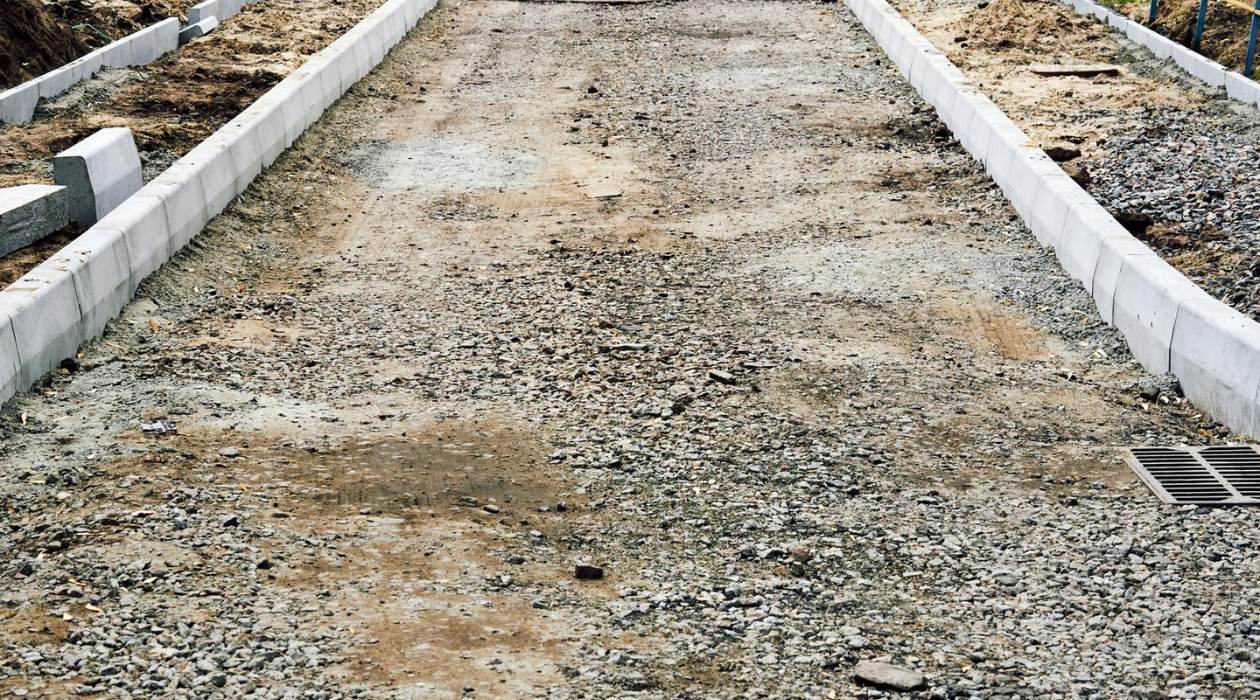
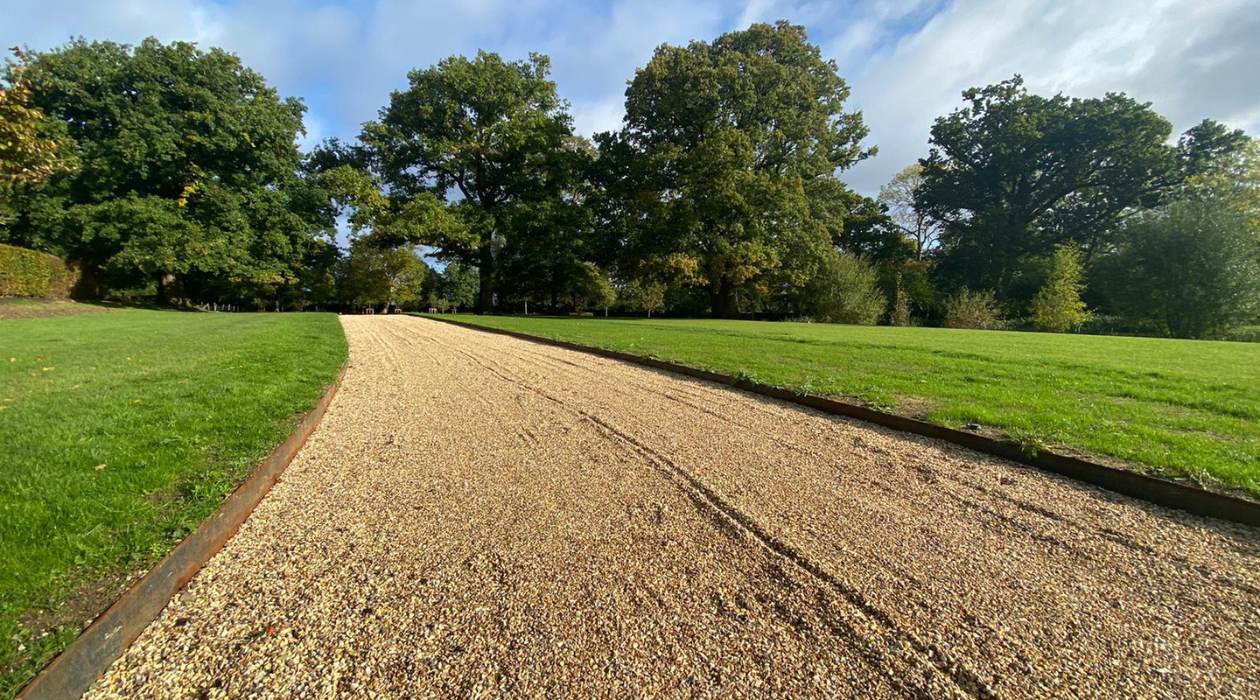
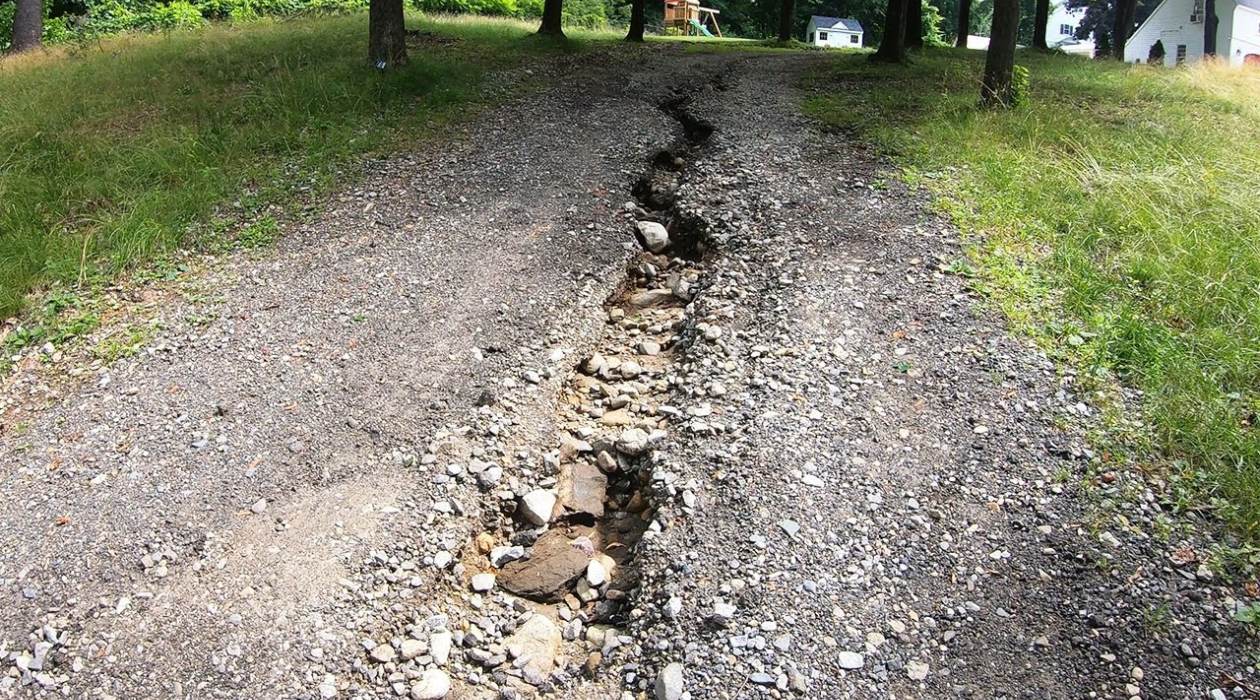



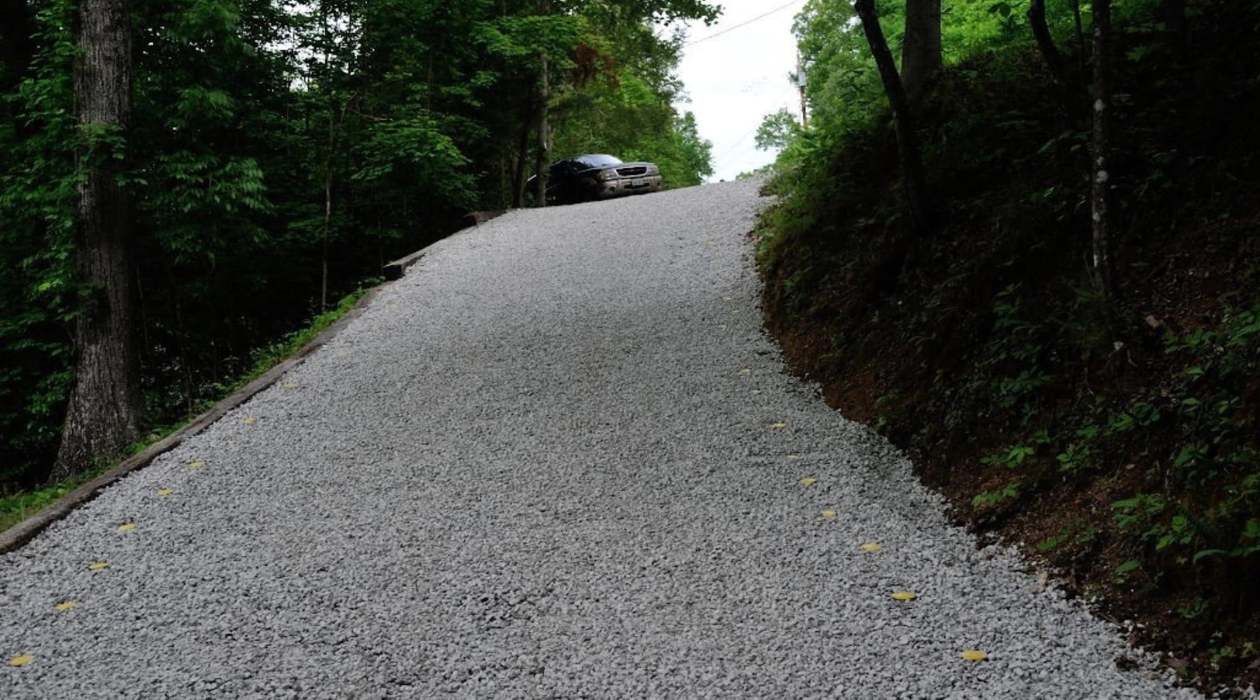
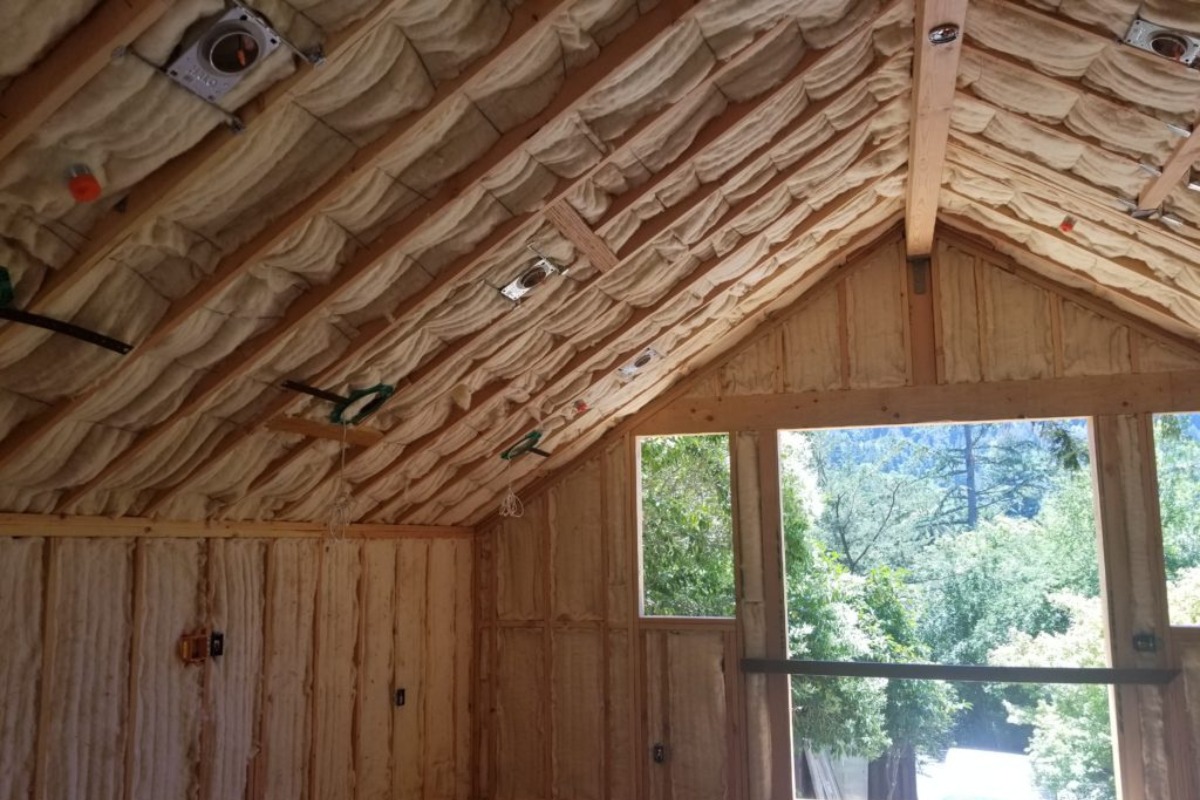
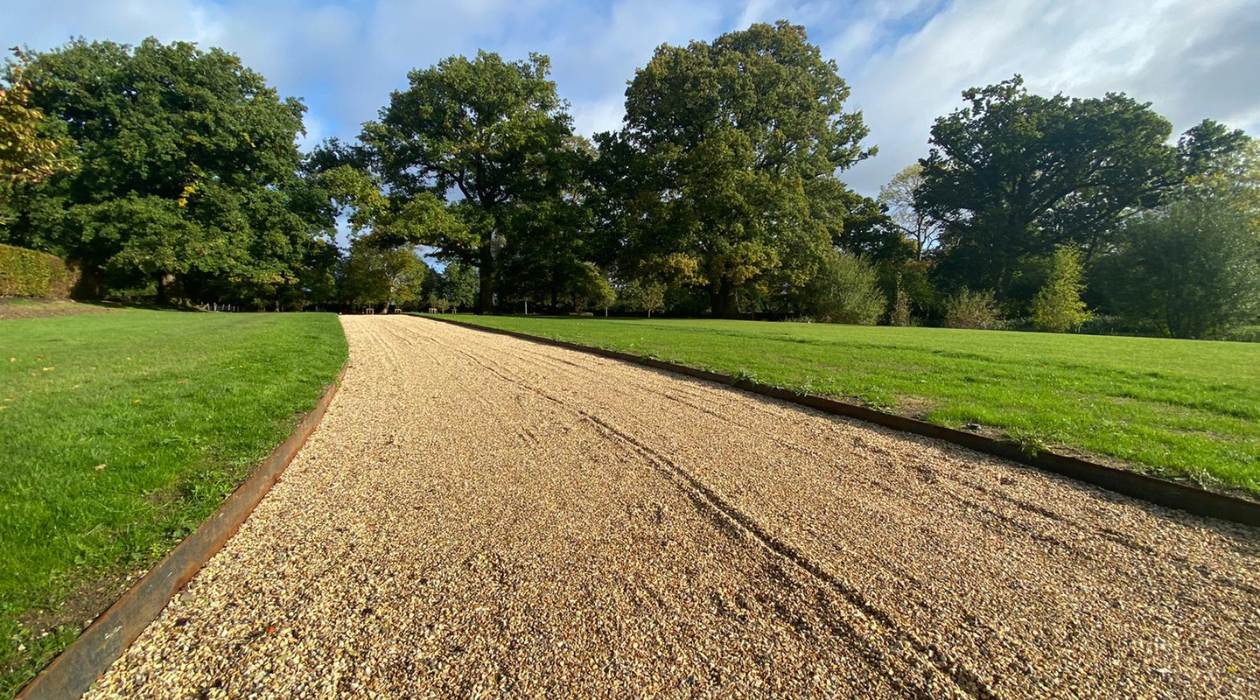
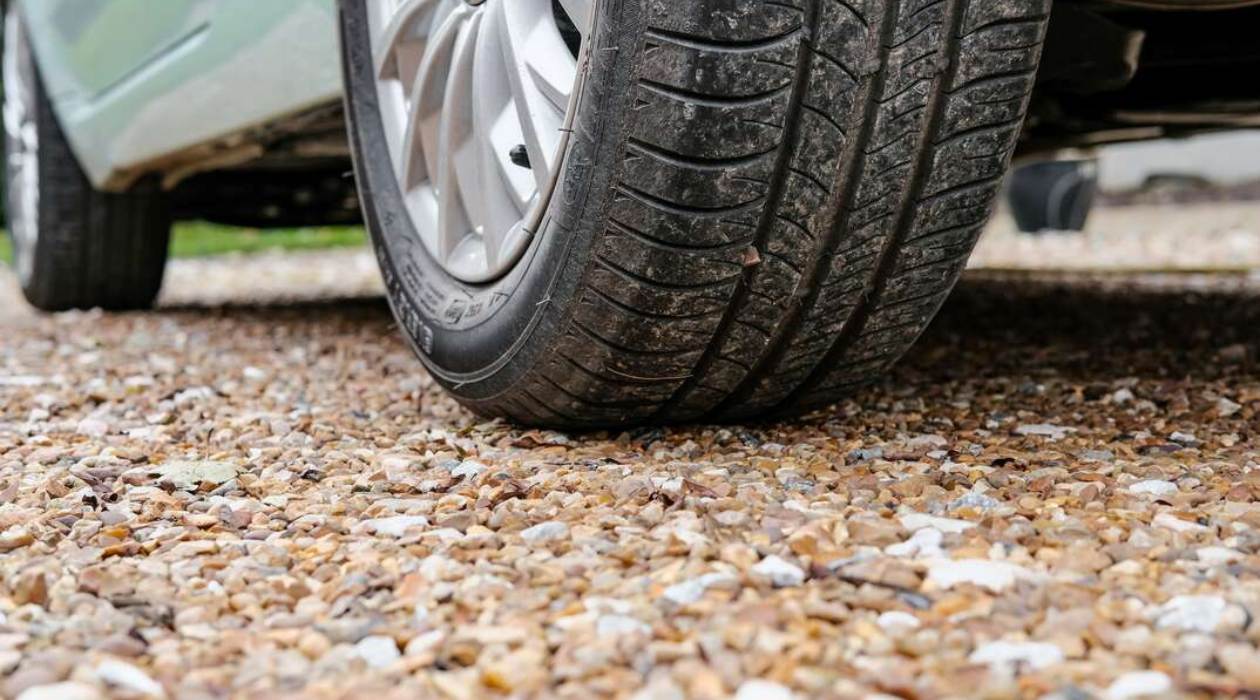
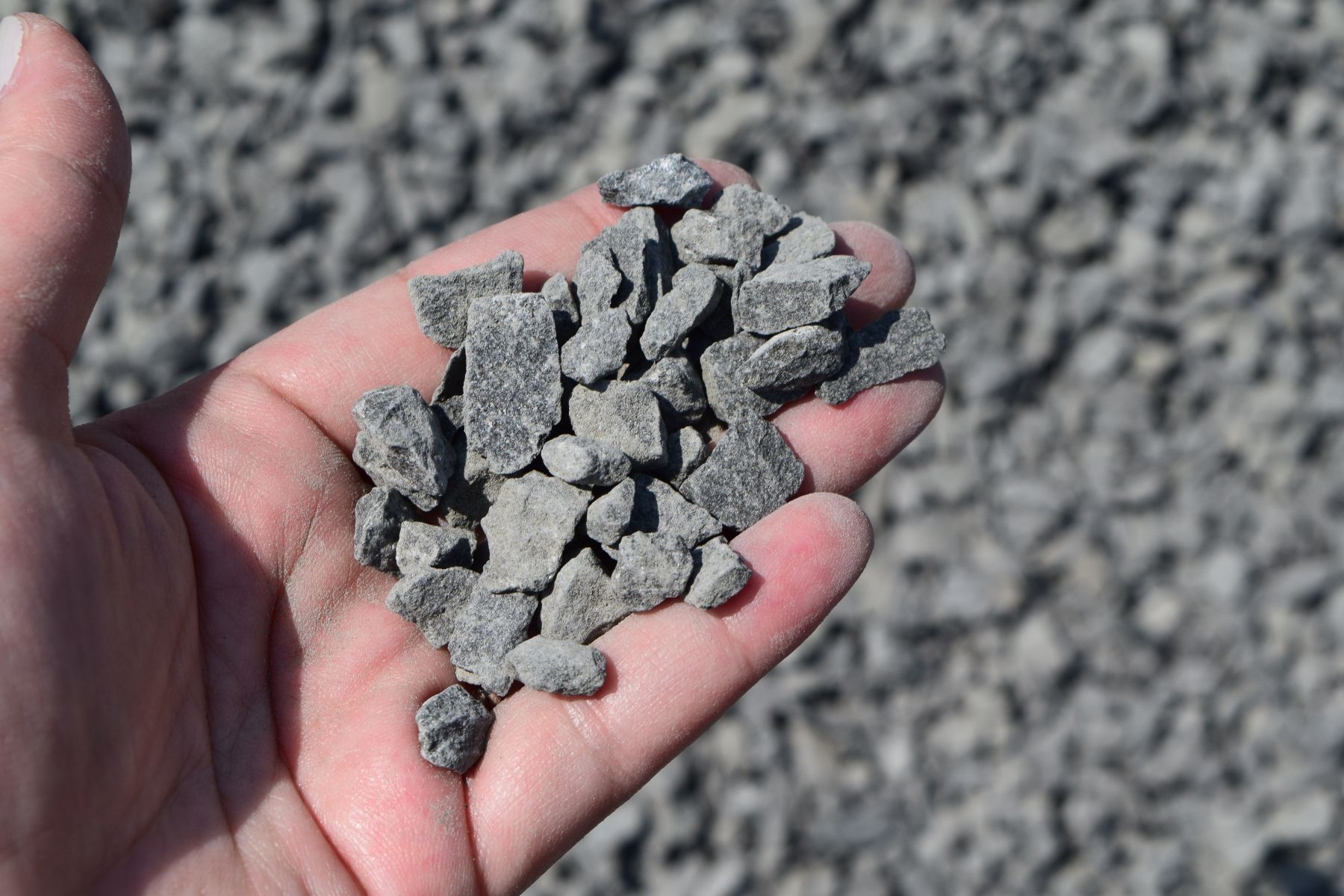
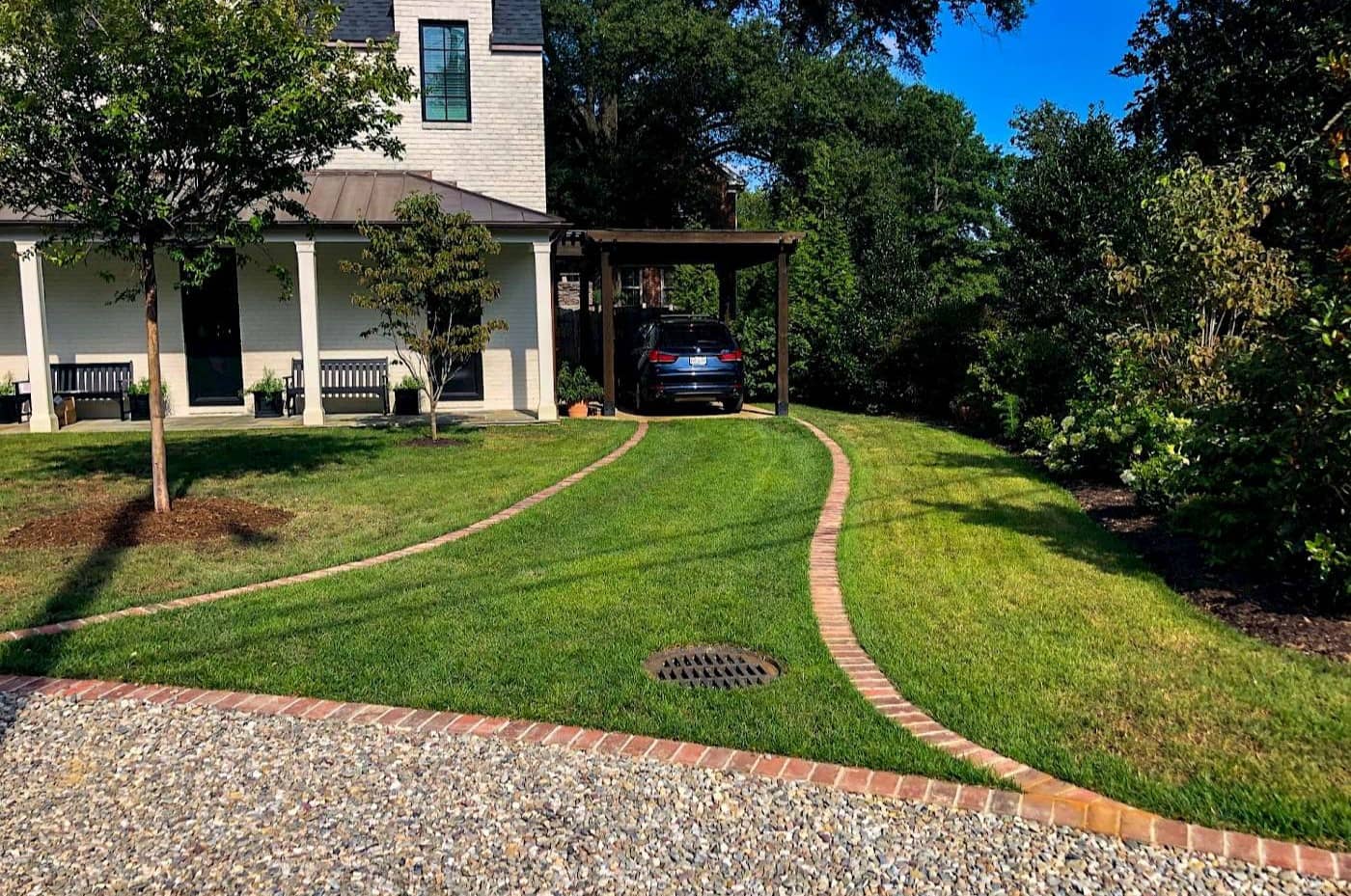
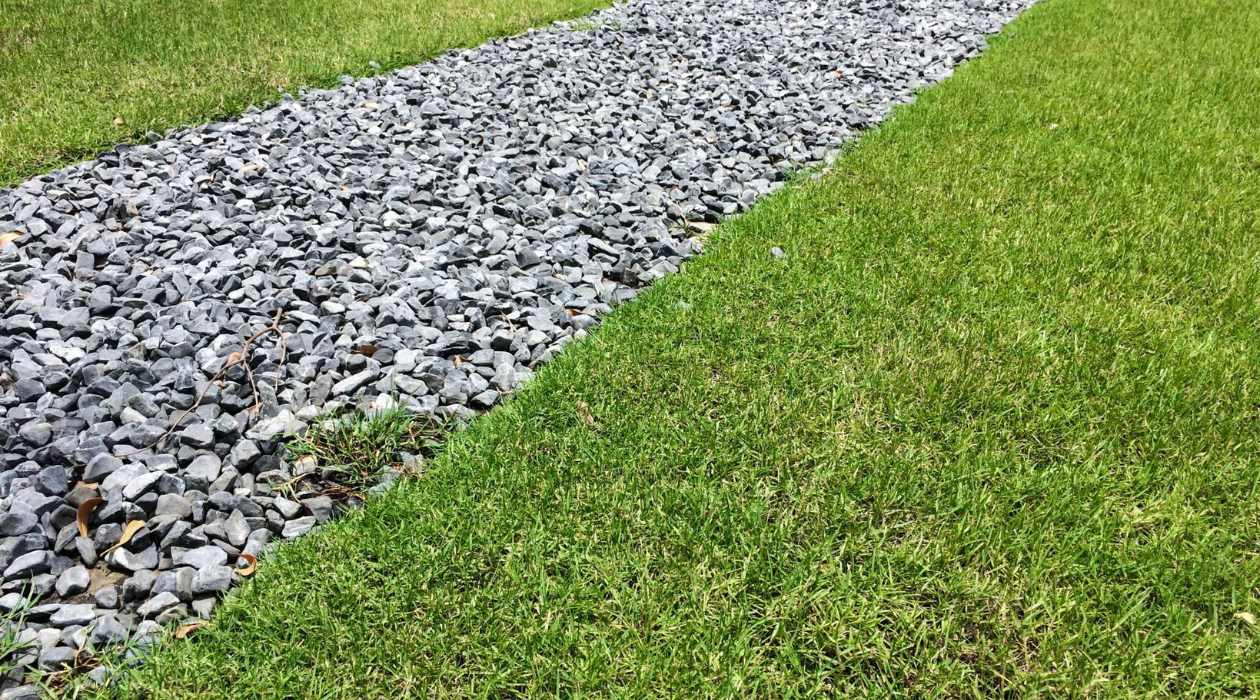
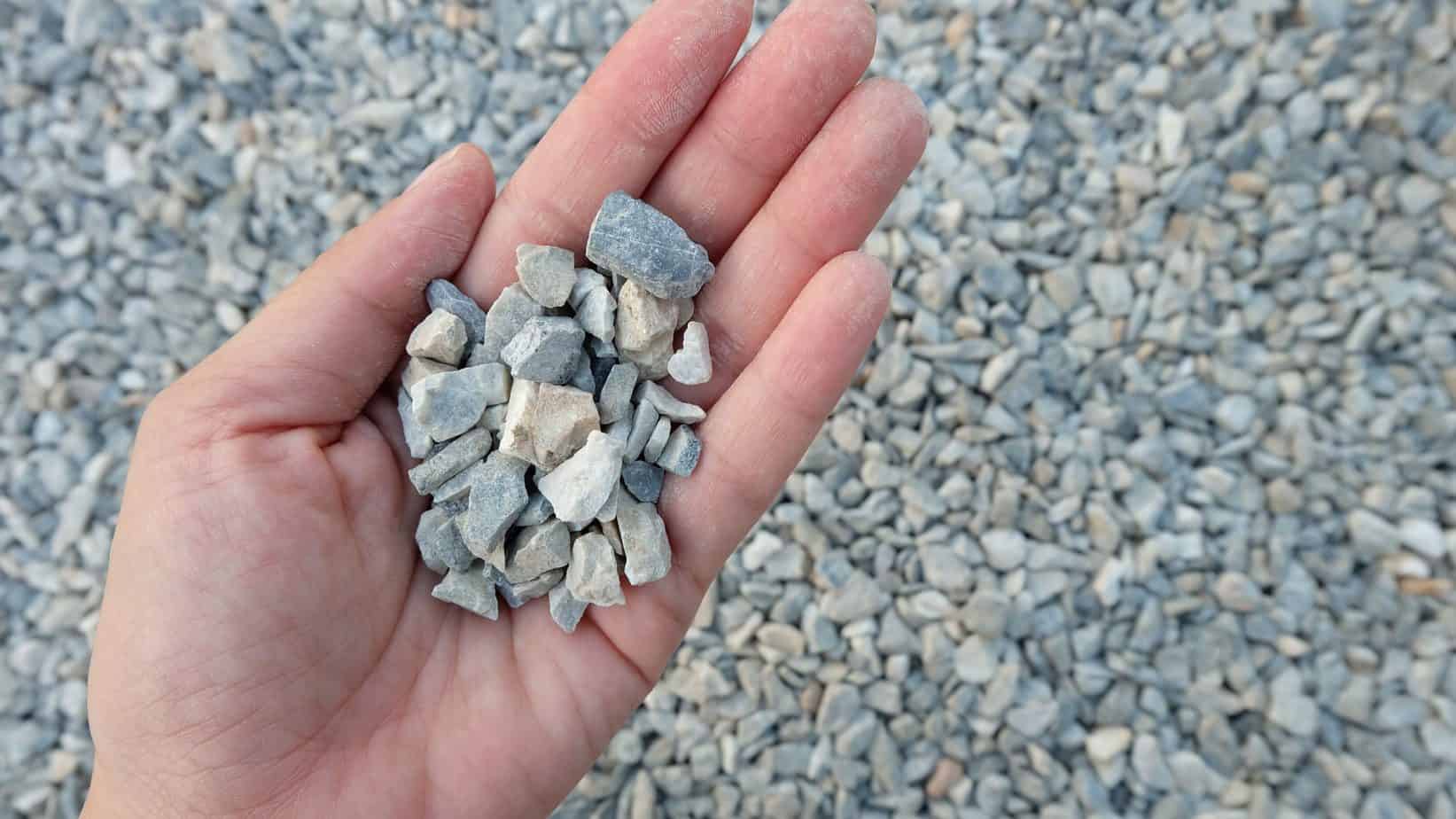

0 thoughts on “How To Calculate Gravel Needed For Driveway”